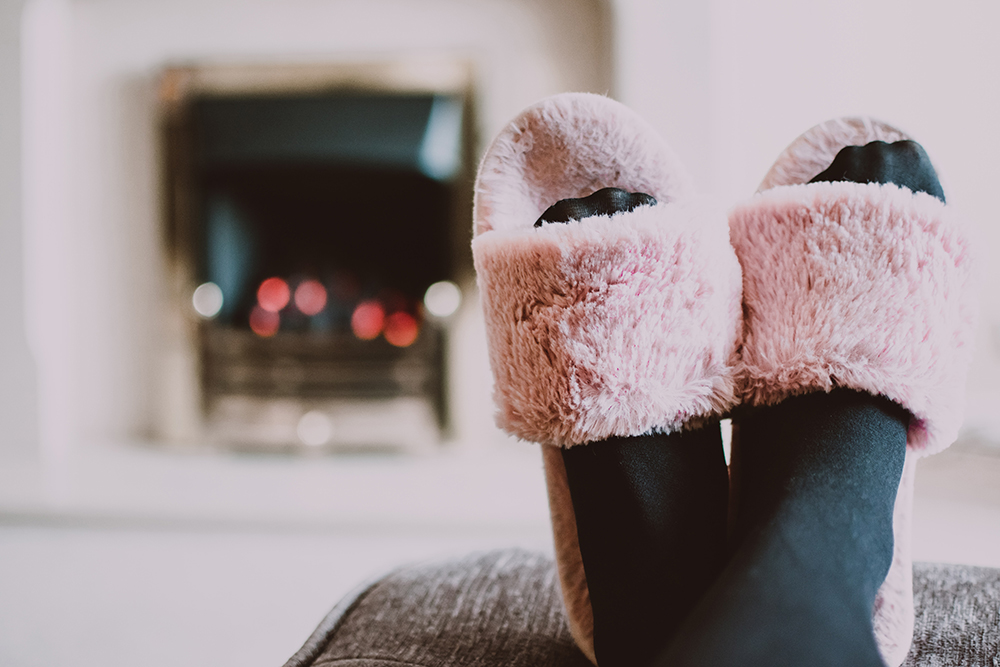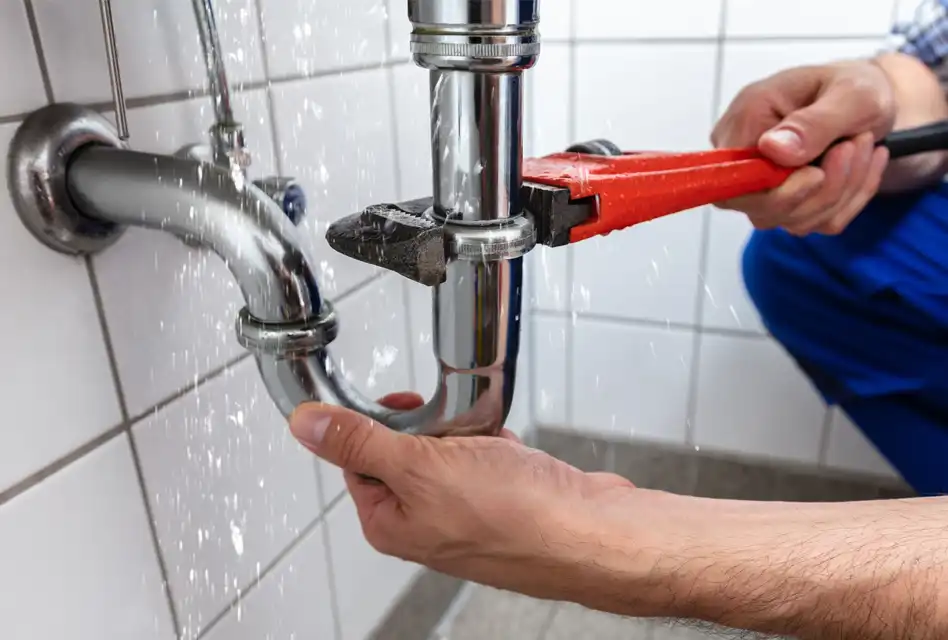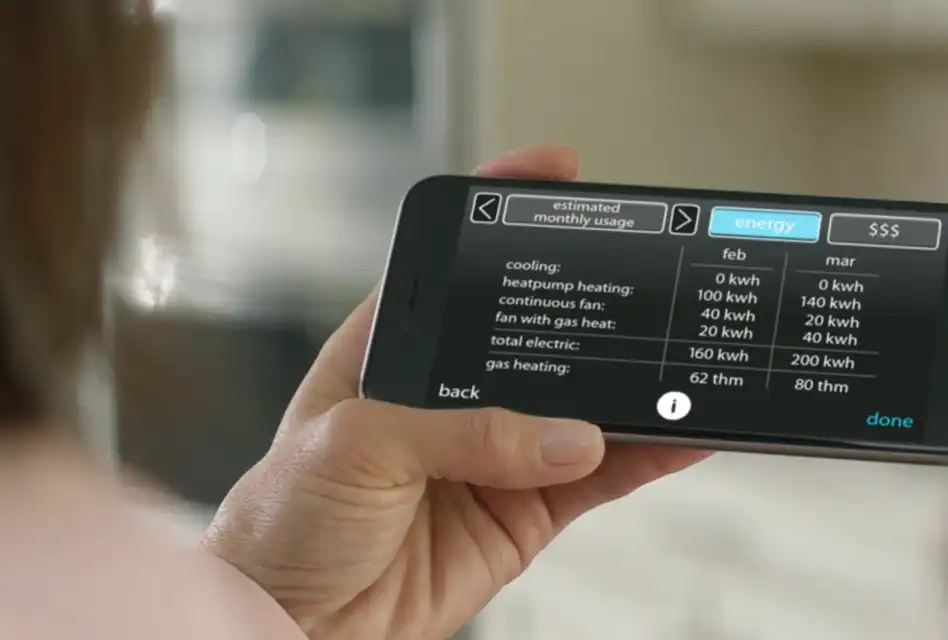How to Keep Your House Warm this Winter
When you think of winter, do chattering teeth and frozen fingers come to mind – even when you’re snuggled up on the couch with the heat cranked up?
Without a doubt, winter is here, and the sensation that comes with it is felt day after day. Somehow, winter brings us closer to our family, don’t you think so? Even at that, does your house become cold and seems so hard to get as warm as you want most times?
If you have difficulties in keeping your home warm or wish to learn other effective ways to combat the winter chills, you’re in the right place. We’re going to describe some tried and true methods to share with you in this blog. So, relax and pay attention as we bring you some tips to keep your house warm this winter.
A word of caution before proceeding. Many people will try to ration their heating in the winter. However, you should use it if you need to.
Sure, it’s easy to keep all your windows closed and just wrap up and neglect the condition of your home when it comes to confronting the heating bills. But if you are not heating your home correctly, it can lead to a myriad of concerns, such as health issues as well as just feeling uncomfortably cold.
Bottom line: You shouldn’t be afraid to use your heating.
That said, to keep you home warm this winter doesn’t require a handyman or lots of expensive materials. There are affordable and easy ways to do so.
Have your furnace inspected.
Having your furnace inspected by a heating professional helps detect whether a new furnace or general maintenance is needed. For example, dirty filters can make your furnace work harder on heating your house, which will result in it being overtired in its efforts.
Most likely, it will go on strike and form a picket line with other disgruntled furnaces! Okay, all kidding aside, it’s still a great idea to make sure your furnace is routinely checked to prevent complications down the road.
Make some basic changes.
Some of the most effective ways to warm up your home are the simplest and, in many cases, the least expensive:
Ceiling fans can actually help in warming up the room.
By switching the blades to go in the clockwise direction, the heat stored up in the ceiling will be pushed down into the room. This can be done by flipping the switch on the ceiling fan’s cylinder.
Let as much sun hit your house as possible.
Check for obstructions, such as plants, sheds, etc., that might keep the sun’s rays from hitting your house. Also, remove items leaning against walls on the sunny side of your house.
Check your fireplace.
A working fireplace creates a straight path to the outdoors. Keep your damper closed when you’re not burning a fire. Check the seal on the flue damper to make it as tight as possible. Caulk around the hearth to prevent air loss.
You might want to think about investing in a “ductless” heating solution.
In many cases this is the most effective and efficient way to improve comfort. Please refer to our recent blog on ductless heating systems to discover the features and benefits of this unique way to heat your home.
Rearranging the furniture in your home so it doesn’t sit near drafty windows will help keep you comfortable.
Also, it might feel great to have your favorite seat in front of the radiator, but it’s absorbing heat that could be warming the entire room. By moving it away from the radiator, hot air can circulate more freely.
Consider using an electric blanket.
An electric blanket can keep you very warm and comfortable in the night and it’s more economical than an inefficient, old wall furnace. Over-the-knee versions for sitting up are also available, usually covered with a nice, fluffy, warm fabric.
Insulate hot water/radiator pipes and ductwork running through non-living areas.
You don’t want that heat dumped in a crawl space or utility area, you want it to get your house warm.
Radiator panels.
They are relatively cheap, easy to install and help ensure that heat from your radiators warms your room and not your walls. They work by reflecting the heat back into the room. If you want, you can simply place tinfoil behind your radiators that will essentially do the same thing.
Conserve heat with curtains.
Possibly one of the most surprising ways to keep your home warm comes down to what curtains you have and what you do with them.
Apart from window replacement and weather stripping, winter heat loss via windows can be lessened through good, old-fashioned window coverings like curtains, shutters, blinds and roller shades.
While most coverings will help mitigate heat loss to some degree, certain practices will help you make the most of your savings. For example, a standard set of drapes can reduce heat loss by 10 percent but securing or sealing that same drapery where it meets the wall can reduce your heat loss by as much as 25 percent.
DO leave your blinds and curtains open throughout the day to let the sunshine in to help warm your house. Once the sun goes down, however, draw your curtains to keep the heat inside. Your curtains act as another layer of insulation against any drafts that might still be sneaking in the windows.
Cover floorboards, too.
When making sure your home is kept as warm as possible, don’t’ forget to look down. When you do, you might notice that you have floorboards. If this is the case, you need to consider getting a rug to cover them. Layering the floors with rugs and carpets helps maintain the temperature and warmth of a room. You don’t necessarily have to carpet your entire house from top to bottom, but the occasional rug can make a significant difference than you might think.
Note: Bearskin or sheepskin rugs were historical solutions for floor insulation.
Install a programmable thermostat to improve energy efficiency.
Installing a programmable thermostat is a great way to keep you house warm and your energy bills low.
With a programmable thermostat, you can easily regulate the heat without having to manually fiddle with your thermostat each time you leave for work or come back home.
It’ll help to regulate your temperature in your home according to your heat preferences or temperature schedule.
Here is an example of what a temperature schedule looks like:
- 6 a.m. to 9 a.m. (as you prepare for work) = 68 degrees
- 9 a.m. to 5 p.m. (while you’re away for work) = 66 degrees.
- 5:30 p.m. to 11 p.m. (when you come home till you go to bed) = 68 degrees
- 11 p.m. to 6 a.m. (while asleep) = 66 degrees
- When you go on vacation for a few days = 58 degrees
Keep in mind that you should adjust your thermostat according to the temperature that’s comfortable for you and your family.
Eliminate drafts.
Don’t underestimate an old door’s ability to let cold air slip by. A 1/8-inch gap under a door lets in as much cold as a 2.4-inch hole in your wall. One way you can dodge a draft is by placing a towel along the bottom of the door. For a lower-profile version, look into an under-door draft excluder. (See below)
Windows do a great job of keeping unwanted intruders, like burglars, raccoons and blackbirds from entering your home. Sometimes, however, they can fail in keeping cold air from entering. Drafts can get in around the edges of window panes. Clear packing tape around your window panes can help seal the warm air inside and keep the cold air out, without creating much of an eyesore. If your budget allows, you might want to consider investing double or triple glazed windows if they are not already present.
You can seal or slow leaks around windows, doors and thresholds with the proper installation of weather stripping.
Choose products that make sense for the location you’re working on (for example, vinyl is good for high-traffic areas that might get wet, while felt and foam are easy to install and can work well in dry, low-traffic areas.)
Cut down on mini-drafts, too.
You can lose a lot of warm air through mail slots and doggy doors. When possible, keep these areas covered. You can use a wool blanket to plug an animal door or even an old towel to close a mail slot when the temperature really drops
An investment in some inexpensive caulking.
This can also help prevent warm air from escaping your home. In addition, caulks will work around heating ducts, exhaust fans and chimneys.
Other commercial products.
Such as transparent weather sealing tape, foaming sprays and insulating films can help increase the efficiency of your windows and keep you and your family warm.
Draft excluders.
A draft excluder is simply an inexpensive tube you place at the bottom of a door to stop hot air from escaping and cold air from entering. You can go to a store and buy one in various forms and all you need do is place it at the bottom of your door. The best place is on your front door or any doors that lead directly outside as this is where you’re going to lose the most heat. However, doors leading to the garage or anywhere else that you might lose heat are also a great choice.
Even a simple solution as making your own “sausage dog” draught excluder will help keep the warmth in your home.
Insulate your home.
If you’re in the position to spend some money to truly provide a defense against heat escaping and cold air coming in, you should consider insulating your home if it’s not already properly done so.
Newer homes may have adequate insulation and you should be able to confirm this with the builder. When in doubt, you can have an energy assessment by an expert to find (1) the type of insulation you currently have, (2) how deep, thick and what R-value the existing insulation is and (3) which rooms in your home have insulation and which ones don’t.
Note: Insulation is rated on an “R” scale. The higher the “R” value, the better insulation you have.
If your home has an unused attic, you need to think about adding extra insulation to it. 25 percent of heat in a home is lost through the roof. Extra insulation in the attic is an easy and affordable upgrade to keep you house warmer.
There you have it. . . just a few tips to help keep your house warm for the remainder of the winter.
By no means have we covered everything that can be done . . .we’d be writing a mini-novel rather than a blog. However, we would suggest that you give the professionals at Phillips Heating & Air Conditioning a call. We’ll gladly stop by and give your house a thorough inspection and make the necessary recommendations to help in your battle against winter weather. You might also want to schedule a furnace inspection if you haven’t done so recently.







